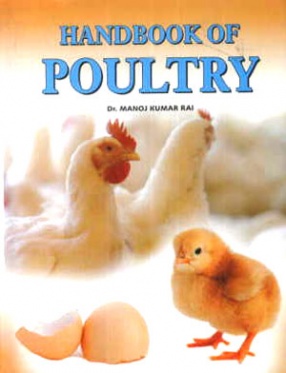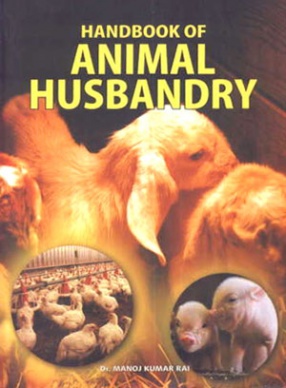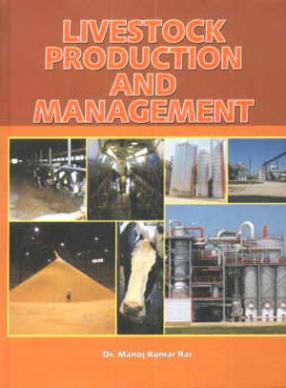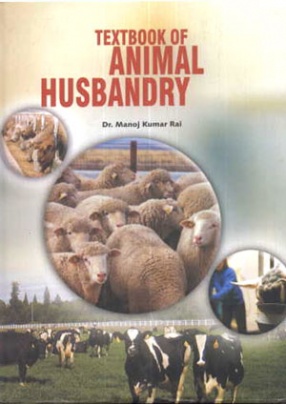
Showing all 4 books





The vast majority of poultry are raised using intensive farming techniques. According to the Worldwatch institute, 74 per cent of the world’s poultry meat, and 68 per cent of eggs are produced this way. One alternative to intensive poultry farming is free range farming. Friction between these two main methods has led to long term issues of ethical consumerism. Opponents of intensive farming argue that it harms the environment and creates health risks, as ...

Animal husbandry, also called animal science, stockbreeding or simple husbandry, is the agricultural practice of breeding and raising livestock. It has been practiced for thousands of years, since the first domestication of animals. In more modern times, the cowboys of North America, Charros of Mexico, or vaqueros, gauchos, huasos of South America, and farmers or stockmen of Australia tend their herds on horses, all-terrain vehicles, motorbikes, in four-wheel ...

Agriculture has changed dramatically, especially since the end of world war II. Food and fibre productivity soared due to new technologies, mechanization, increased chemical use, specialization and government policies that favoured maximizing production. These changes allowed fewer farmers with reduced labour demands to produce the majority of the food and fibre. Although these changes have had many positive effects and reduced many risks in farming, there have ...

A large number of farmers in India depend on animal husbandry for their livelihood. In addition to supplying milk, meat, eggs and hides, animals, mainly bullocks are the major source of power for both farmers and drayers. Thus, animal husbandry plays an important role in the rural economy. India has 30 per cent of the world’s cattle. There are 26 distinctive breeds of cow in India. The hump, long ears and bushy tail distinguish the Indian cow. Here cows are ...
